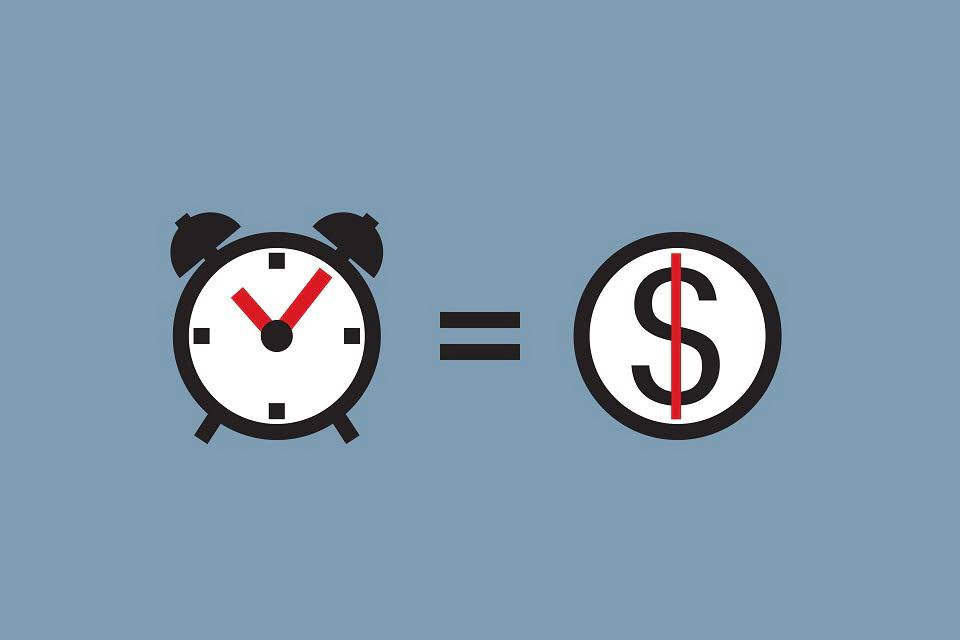
Vertical analysis is typically used for a single accounting period, whether that’s monthly, quarterly, or annually, and can be particularly helpful when used to compare data for several accounting periods. It’s a key responsibility of the FP&A team to keep track of this and foresee how different strategies might affect the company’s finances in the long run. Vertical analysis streamlines financial analysis, offering a clear and concise view of the most significant financial metrics.
- Vertical analysis is a handy tool and a popular method for comparing financial statements.
- Vertical financial analysis goes hand in hand with horizontal financial analysis, and they have to be used together, but they serve different purposes.
- Mike is the Chairman and Co-Founder of McCracken, a professional services firm dedicated to supporting companies with their finance needs in talent, leadership development, and technology.
- Horizontal analysis focuses on the changes in financial statement line items over time, comparing the same item across different periods.
- This would mean that the ratio of years 1, 2, and 3 to year one would be 100%, 97%, and 94%.
- It offers a better way to perform flux and budget variance analysis by automating the data collection process and integrating with your ERP.
What is vertical analysis in accounting?
When analysts can normalize line items such as net income, they can also easily determine how companies of various sizes manage their assets, liabilities, income, and so forth. Horizontal analysis of the cash flow statement involves comparing cash inflows and outflows over multiple periods. This analysis can reveal trends in operating, investing, and financing activities, helping stakeholders understand the company’s cash management practices. Vertical analysis helps in understanding the cost structure and profitability within a single period. For instance, if the cost of goods sold is a what is a vertical analysis significant percentage of revenue, the company might need to explore cost-cutting measures or pricing strategies to improve margins.

How to Perform Horizontal Analysis
From the balance sheet’s horizontal analysis you Bookkeeping for Startups may see that inventory and accounts payable have been growing as a percentage of total assets. Unlike horizontal analysis, which evaluates changes in financial data over time, vertical analysis focuses on each line item’s relationship to a base figure within the same period. Using both approaches together offers a more comprehensive perspective, helping finance professionals identify trends, assess cost structures, and make informed decisions. In this example, total assets are taken as the base figure (100%), and each asset is then calculated as a percentage of total assets. Cash, for instance, makes up 15% of total assets, while equipment represents a significant 40%. Similarly, total liabilities are 40% of total assets, with long-term debt making up 30%.
Vertical Analysis Of Financial Statements ACCA Questions

In contrast, for the balance sheet, the base amount is total assets, while total liabilities and equity can also serve as the base since they are equal to total assets. Vertical analysis applied to the balance sheet complements the insights gained from the income statement. This dual approach offers a comprehensive view, enabling a more informed financial strategy that covers both earnings performance and asset management. What makes vertical analysis stand out from other financial and profitability analysis methods is its emphasis on relative relationships. FP&A leaders gain insights into financial ratios specific to their business, enabling them to assess whether they’re appropriate for the company’s long-term financial health.
How to Perform Vertical Analysis
By comparing financial statements over several years, businesses can determine whether they are improving or experiencing financial challenges. Vertical analysis is a method that expresses each financial statement item as a percentage of a base amount, enabling proportional comparisons. Vertical analysis, also called common-size analysis, is all about looking at financial statements as percentages rather than absolute dollar amounts. This enables the user to quickly judge the relative size and importance of each line item. For example, on the income statement, expressing revenue as 100% and every expense item as a percentage of unearned revenue total revenue immediately shows which costs are highest and lowest relative to the company’s sales.
- Furthermore, by accessing up-to-date data, you can make informed decisions based on a comprehensive understanding of your financial performance.
- The formula to perform vertical analysis on the income statement, assuming the base figure is revenue, is as follows.
- Vertical analysis reveals what’s important right now, while horizontal analysis shows how those important items are changing over time.
- This allows you to compare items on different statements more efficiently in order to identify trends or changes in performance.
Step 3: Calculate the percentage for each line item

This method provides a clear view of profit margins and expense ratios, allowing for straightforward comparison across periods or with industry benchmarks. Vertical analysis helps stakeholders understand the relative proportions of accounts and performance in relation to each other. It gives business owners a more detailed view of their financial health compared to just knowing their total assets, liabilities and equity. Vertical analysis is a powerful technique that allows you to analyze financial statements in a meaningful and comparative way.
